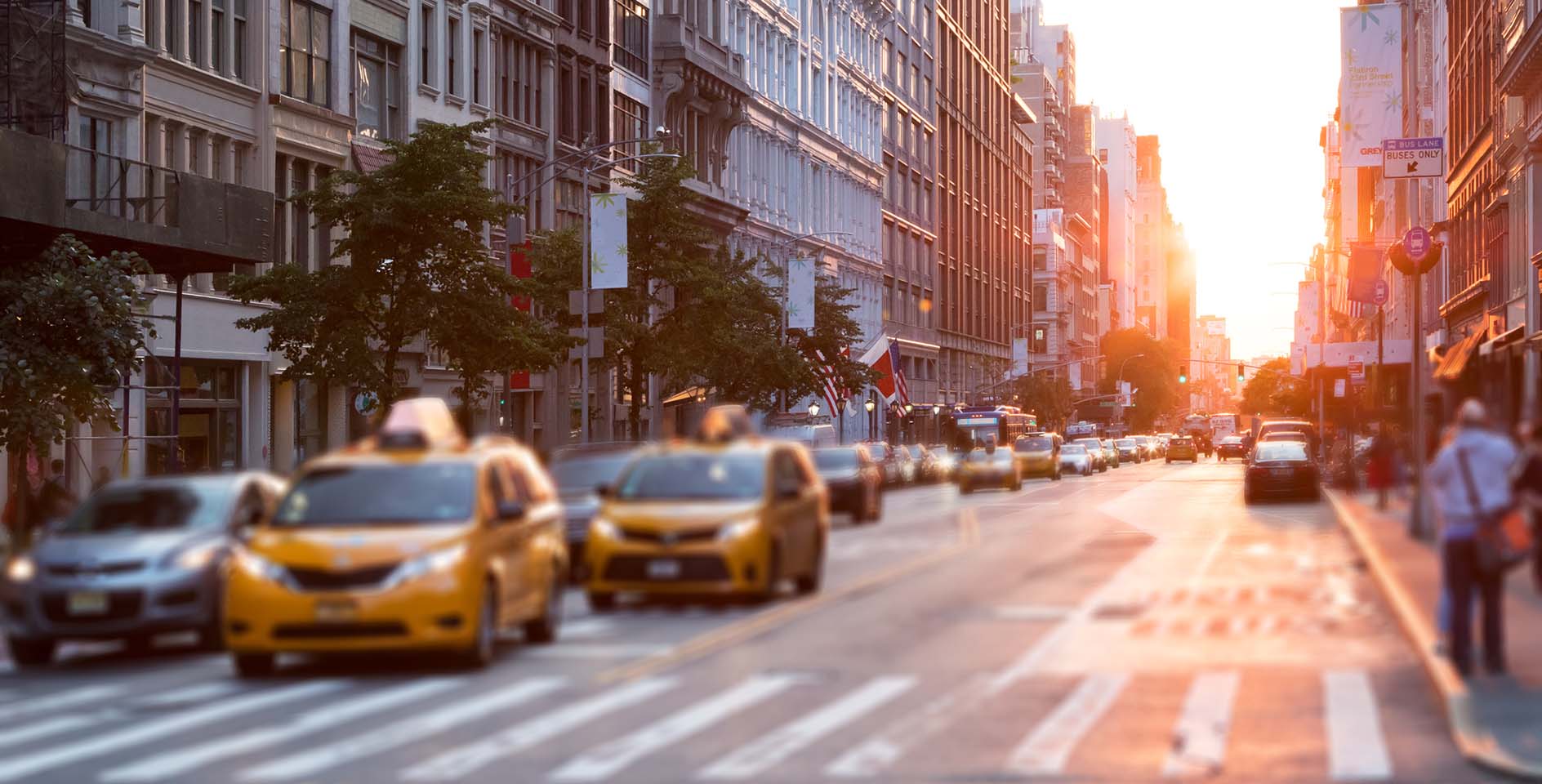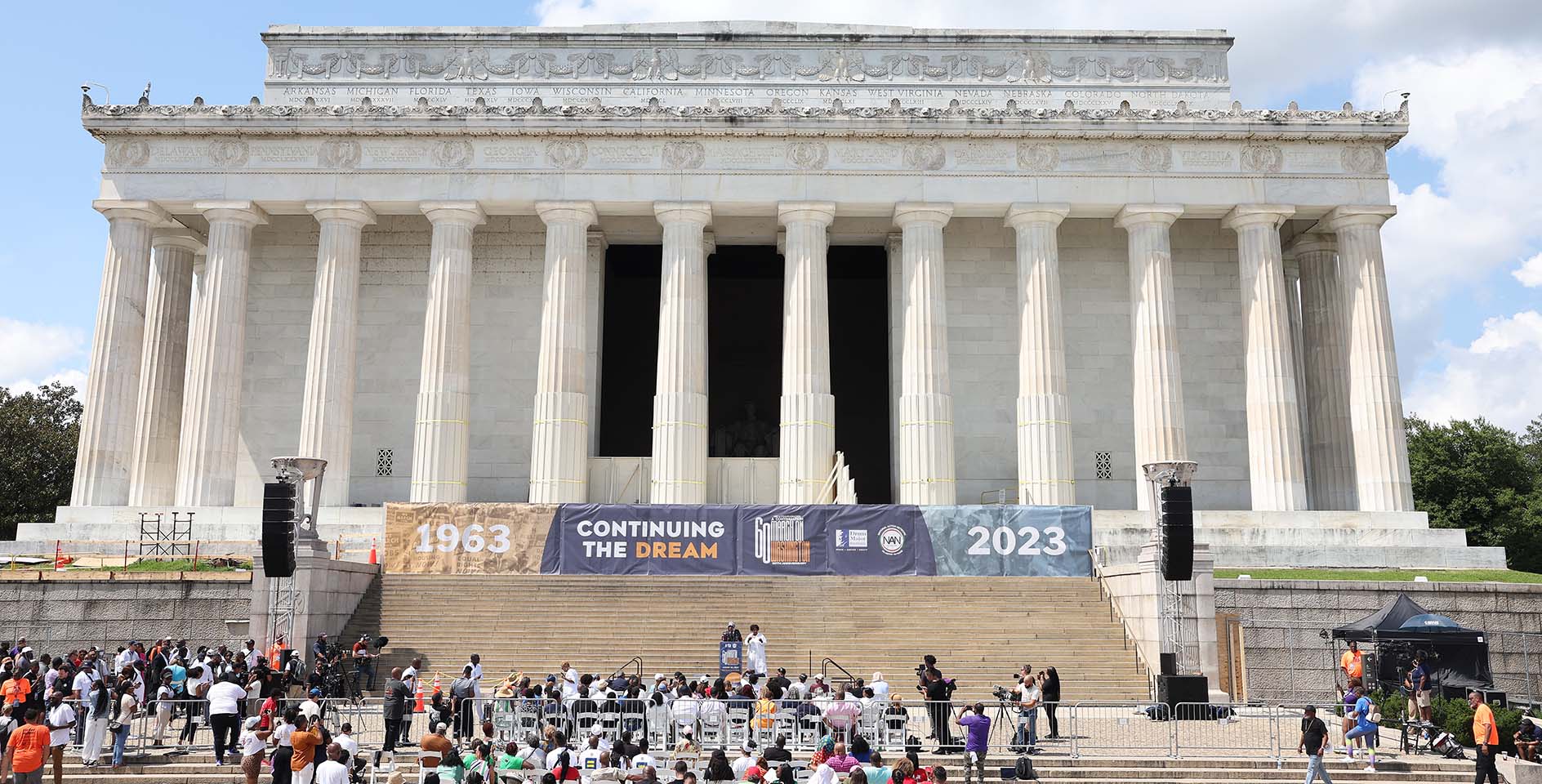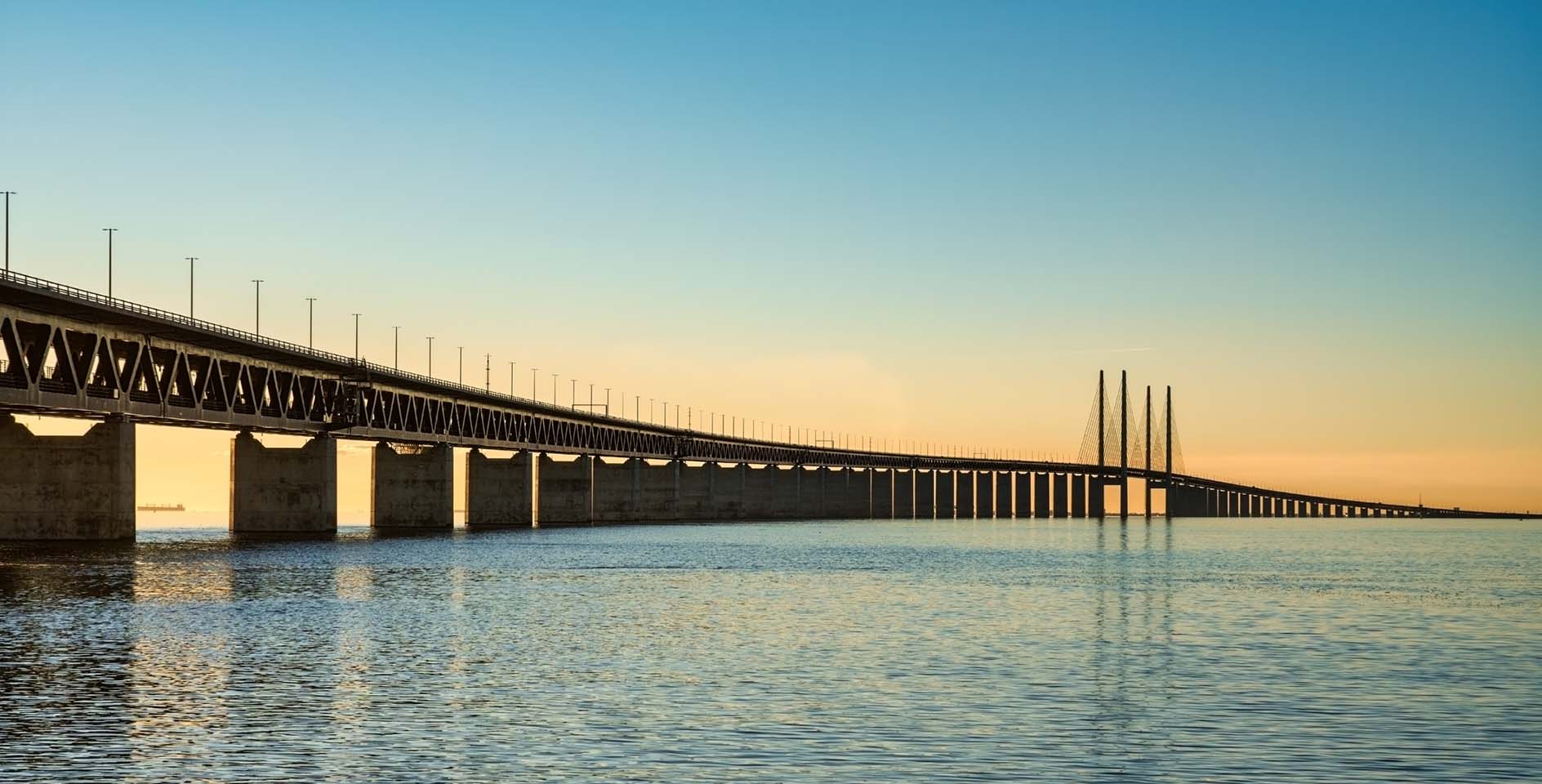Charleston, South Carolina, is a place of deep aesthetic beauty, a rich culture, and a complex history shaped by piracy, race-based chattel slavery, the Civil War, Reconstruction, and Jim Crow. The iconography of an era gone by still influences life and culture today. As a history buff and local pastor, it is interesting to see the impact of Charleston on American history. However, there comes a point in time where we have to not only recognize history but also to reckon with it. The current nationwide protests and discourse regarding race and justice is bringing that reckoning with our history to a head.
While the discussion of monuments and symbols is not new, the last five years have been catalytic as we deal with the racialized history of Charleston. Five years ago on June 17, nine people, including the pastor, Rev. Clementa Pinckney, were murdered during a Bible study at Mother Emanuel African Methodist Episcopal Church by a white supremacist. This event forced the state of South Carolina to reconsider the public role and place of the cultural icons of the “Old South.” Then Gov. Nikki Haley had the Confederate Flag removed from the statehouse grounds in Columbia, and concurrently, there were calls to take down other symbols of our racialized past including the statue of John C. Calhoun, the seventh vice president of the United States and staunch defender of slavery. The 115-foot statute was a symbolic yet visible reminder to the Black residents of Charleston that you may be free, but you are still inferior.
Fast forward to 2020 and the current cultural climate has caused us to reevaluate how the sins of the past continue to affect us today, and how we as a society deal with the tension between the accomplishments of the heroes of our past and the expressions of their moral depravity. Since 1896, the statue of John C. Calhoun stood tall in Marion Square, overlooking Mother Emanuel—until now. Five years to the date of the “Emanuel 9” shooting, the mayor of Charleston called for the removal of the John C. Calhoun statue, and with the unanimous vote by the city council, it came down on June 24.
Remembering and celebrating
While many are concerned about erasing history, we must consider that there is a difference between what we remember and what we celebrate. Historical lessons must encompass the good as well as the bad to provide a context of what we have become as a nation as well as providing a trajectory for the ideals that we pursue for the common good. So understanding history and remembering our past is important. Institutions like museums and libraries assist us in that regard.
As Christians think about this moment in time, we need to consider our place as a distinctive people in a specific culture, called to be a reflection of our identity as citizens of the Kingdom of God over our national and ethnic identities. We do not lose our national or ethnic identity, but as followers of Christ, we are to subordinate our national and cultural identity to the authority of Christ. In other words, if we place supremacy in our cultural identity, then we will adopt its idols, and our affections will be drawn to the idols of culture rather than the Lord.
We do not lose our national or ethnic identity, but as followers of Christ, we are to subordinate our national and cultural identity to the authority of Christ.
The specific issue of Confederate monuments or symbols being debated in our society today is not often about remembering but about reexamining what we celebrate and value as a society. These statues reveal the direction of our affections and loves as a community.
This is not a call to take down every monument or memorial. God uses imperfect people for the common good within a specific time in national history. For example, protesters in San Francisco, California, tore down a statue of General Ulysses S. Grant, who owned a slave then released him, won the Civil War as the commanding general of the Union Army, thereby securing emancipation through military force. He was also president during the ratification of the Fifteenth Amendment and used his executive office to take on the Ku Klux Klan. Removing his statue fails to take into account his accomplishments that should be celebrated. I am not advocating for a slippery slope of taking down historical monuments. Instead, this is a call to evaluate what these monuments are memorializing and whether or not they denigrate our fellow human beings.
Confronting culture
As we examine today’s moment, we have to understand that many of these statues, monuments, and flags have become attachments of the heart that divide not only society, but the body of Christ along racial lines. They become relics that a particular society draws its identity from and subtly lead people to worship at the altar of division and white supremacy. As believers in Jesus Christ, examining our faith in light of these monuments should cause us to reexamine the direction of our deepest affections and loves and repent where needed.
As followers of Christ, we are called to confront both the idols of our heart and the culture. The gospel of Jesus Christ confronts the idols of culture while the idols of culture confront the gospel. When we revere the iconography of culture, whether it is a statue, a flag, or a name that belittles the inherent dignity of any person, we revere a heritage of idolatry that originated at the fall. Removing statues that are symbols of division, hate, injustice, and ultimately sin is to make a collective call of repentance. The people in these statues and monuments need to be remembered, but they do not need to be celebrated. They need to be examined not just within the scope of regional or national history, but redemptive history as well.
The day the John C. Calhoun statue came down was a day that many Charlestonians have waited so long for and will never forget. It will no longer look over Mother Emanuel AME Church. A few hours after the statue came down, a multiethnic, ecumenical group of pastors, ministry leaders, and fellow believers throughout the city gathered together at Mother Emanuel and neighboring Citadel Square Baptist Church to worship and pray to the Lord in repentance, remembrance, and ultimately rejoice in what he had done and is doing in bringing his people together for his glory and the good of Charleston and abroad.







